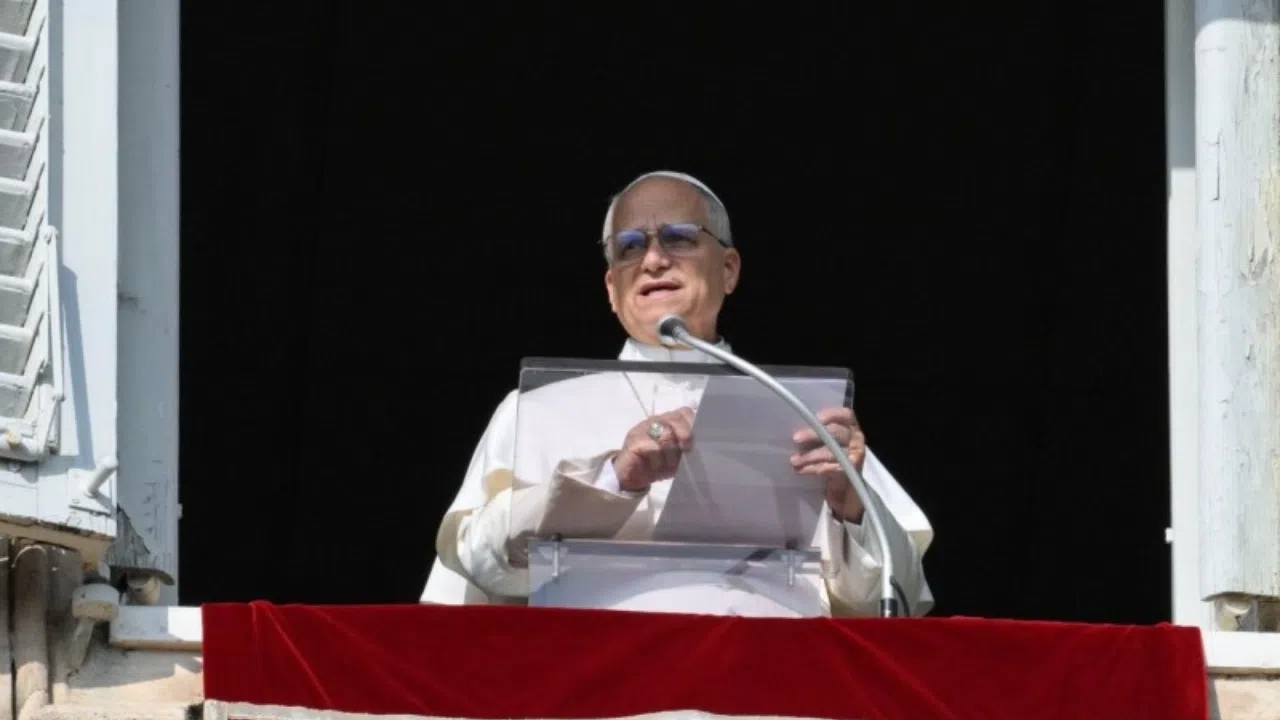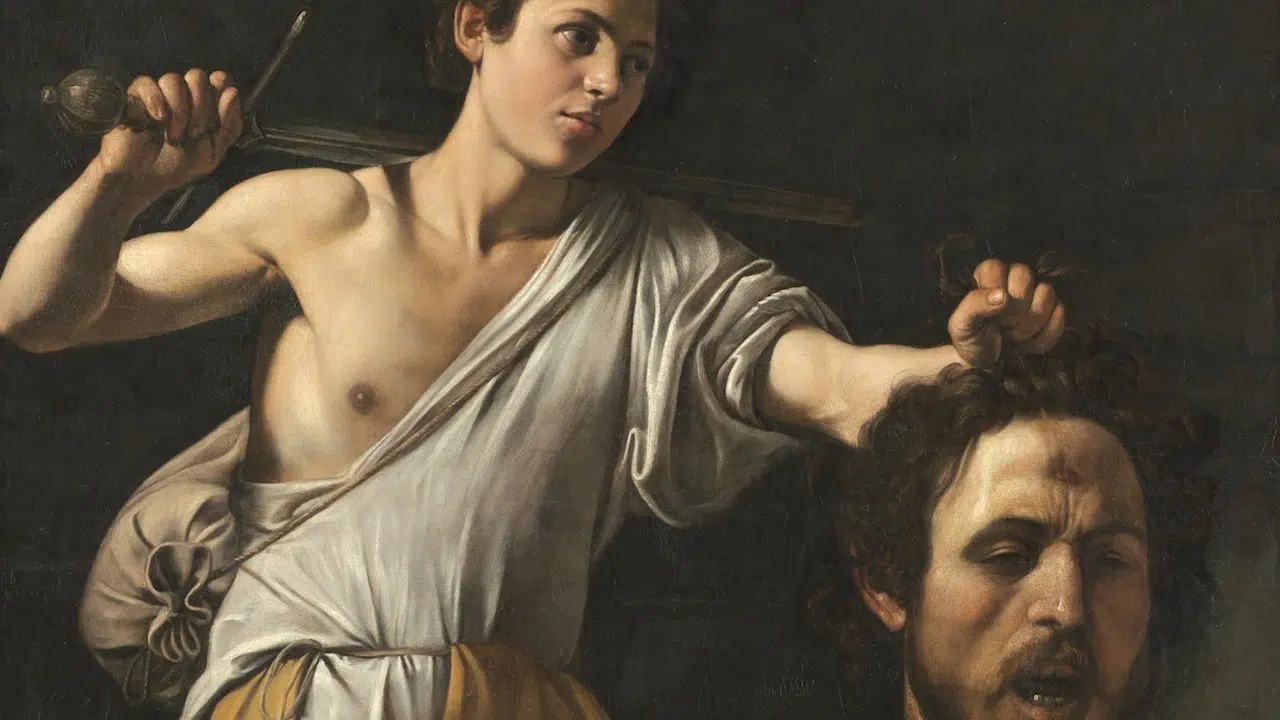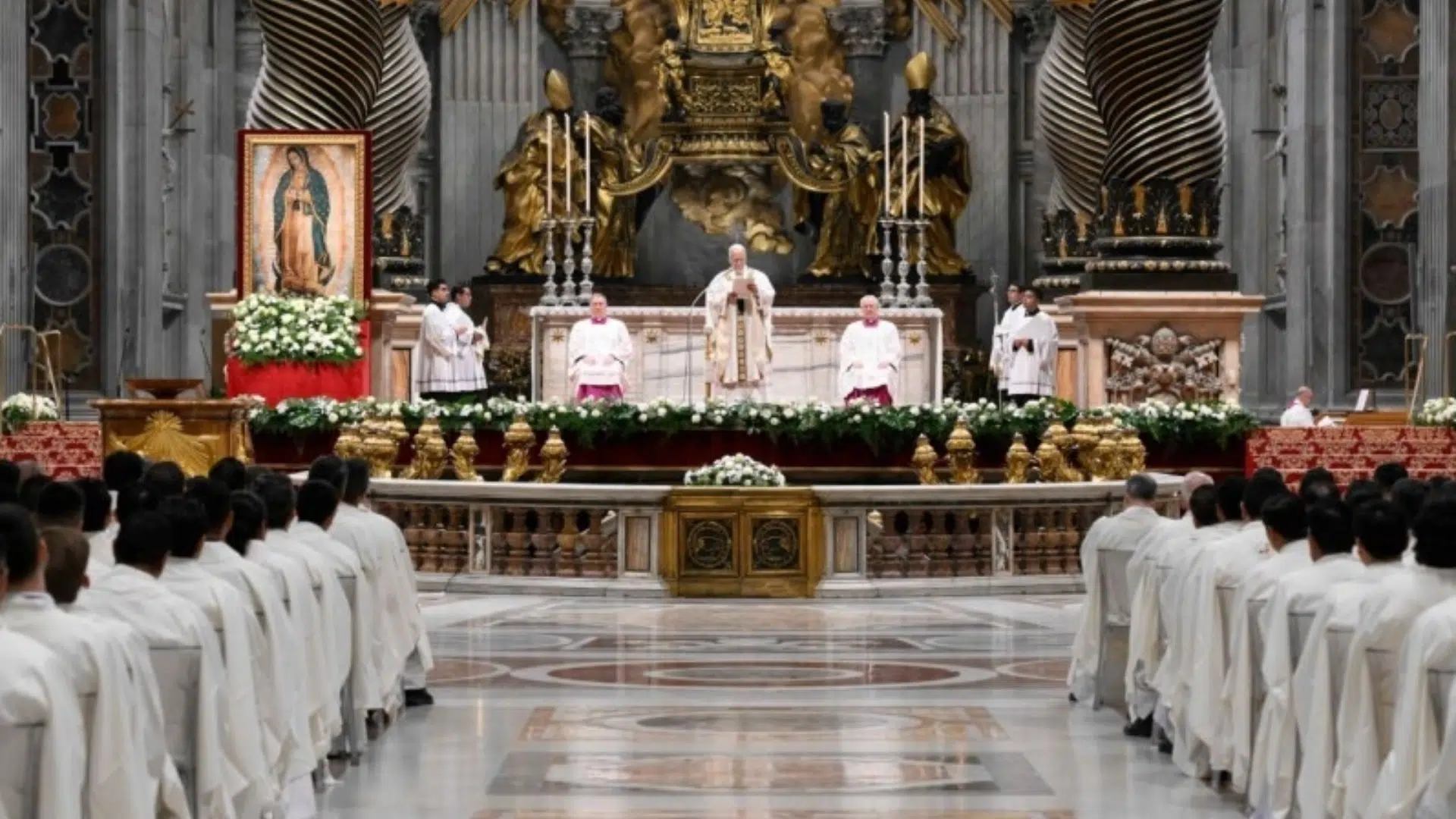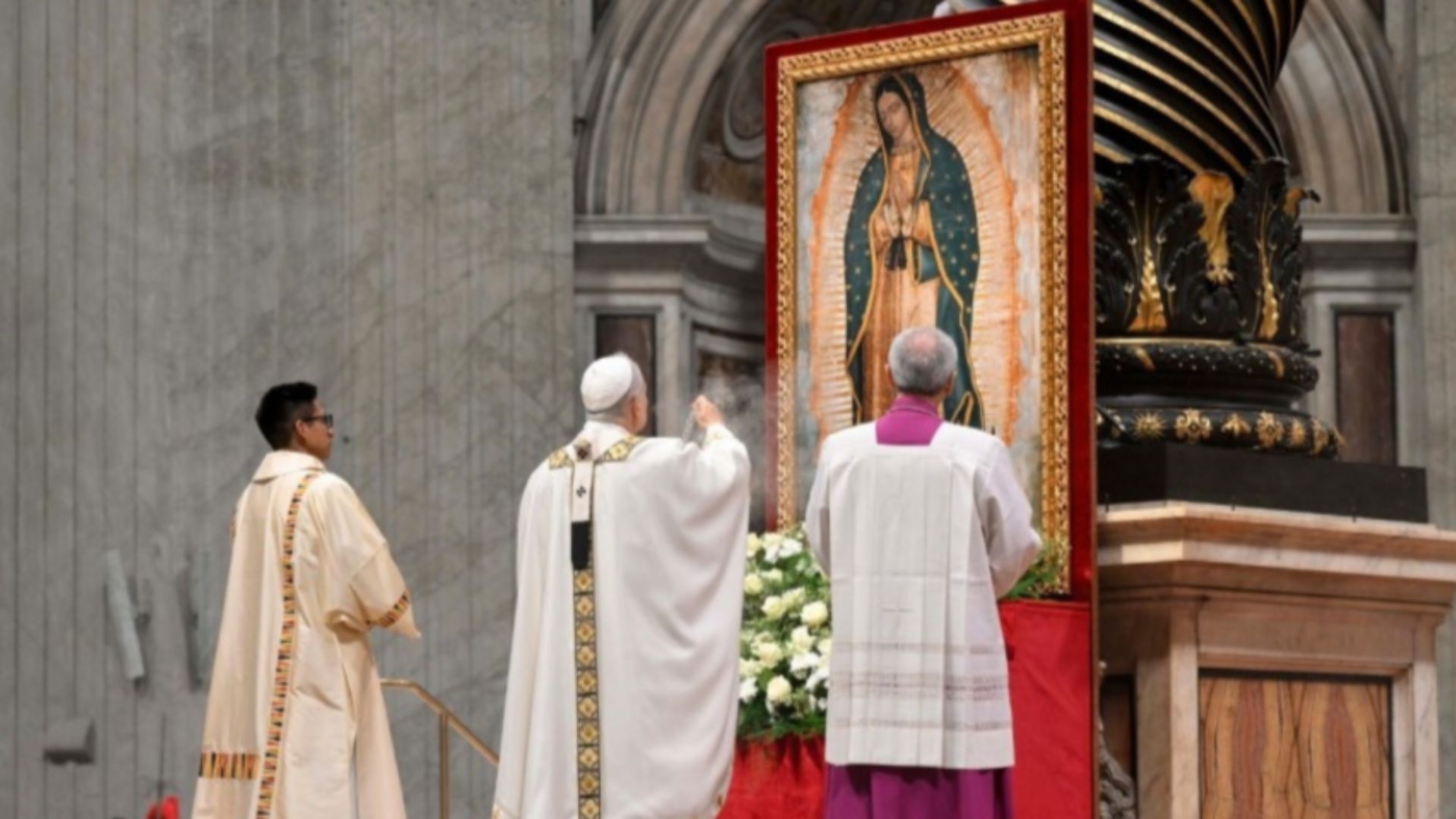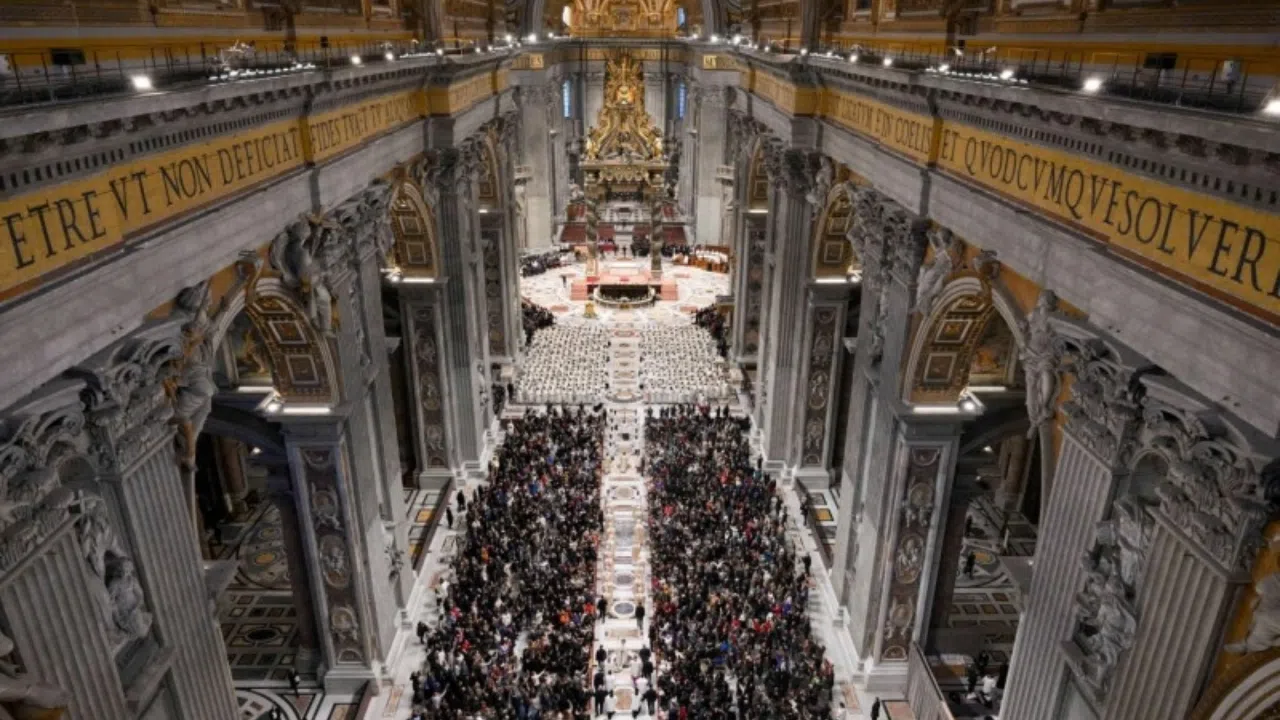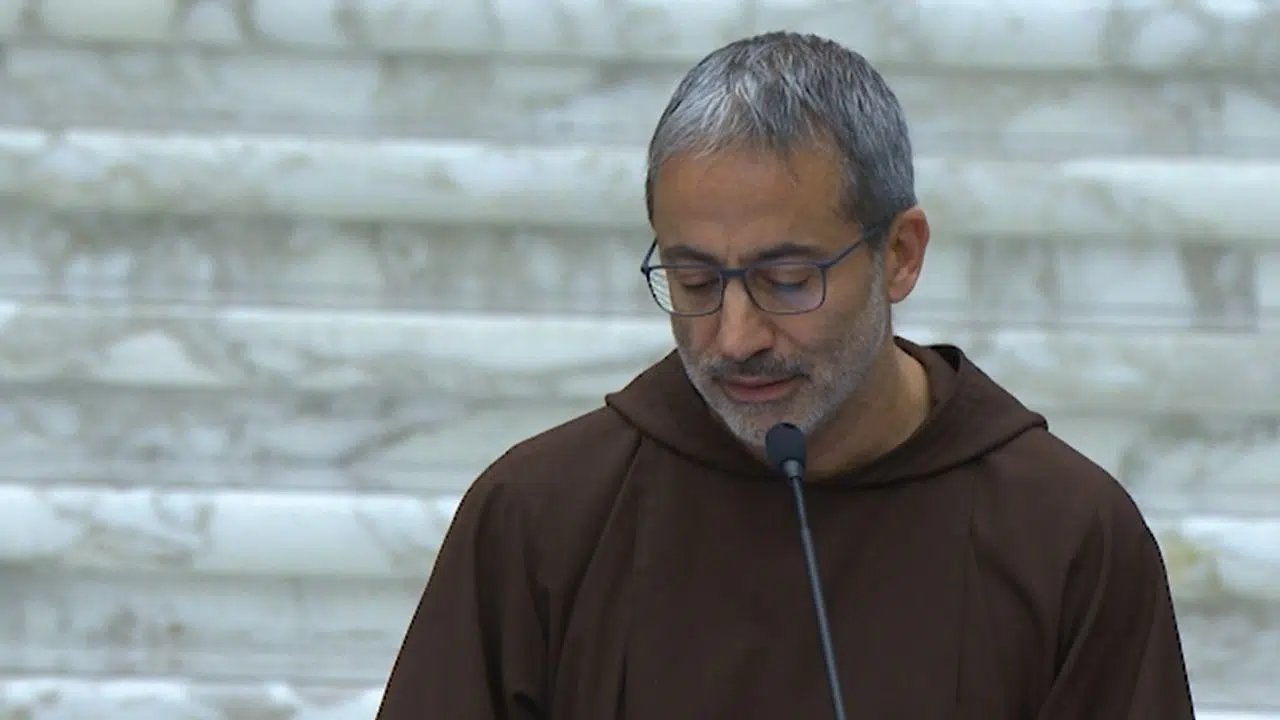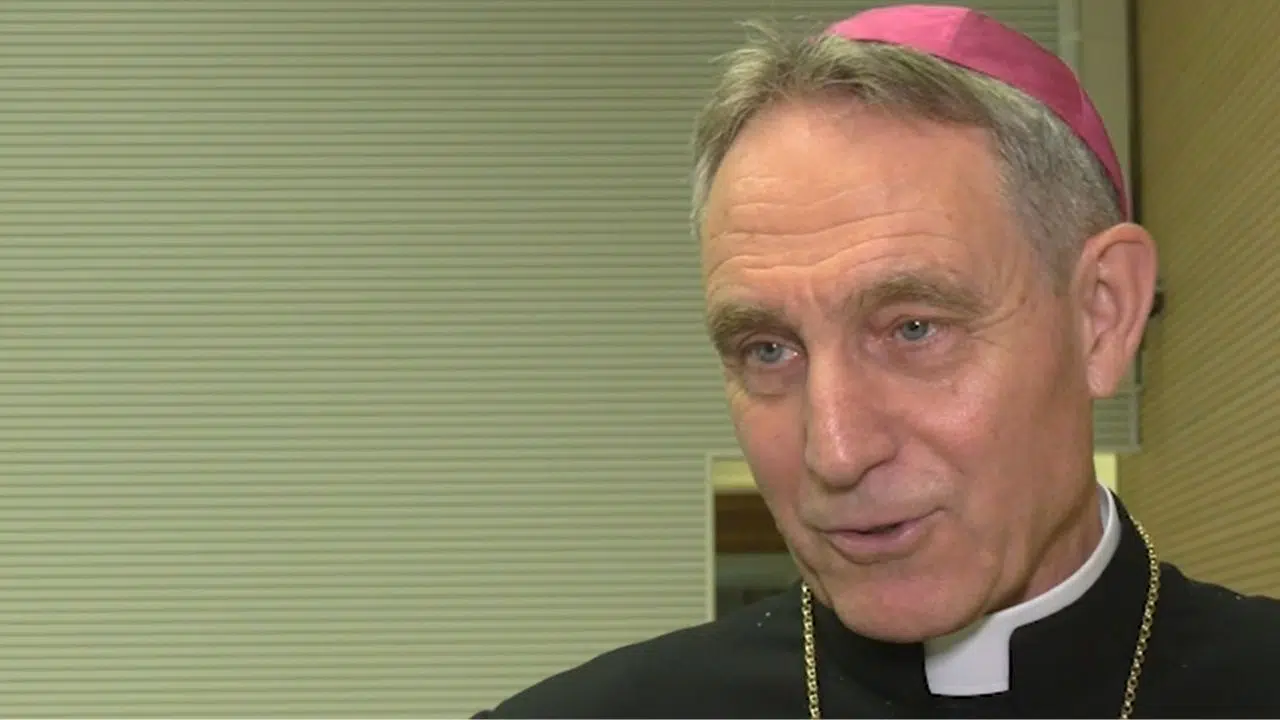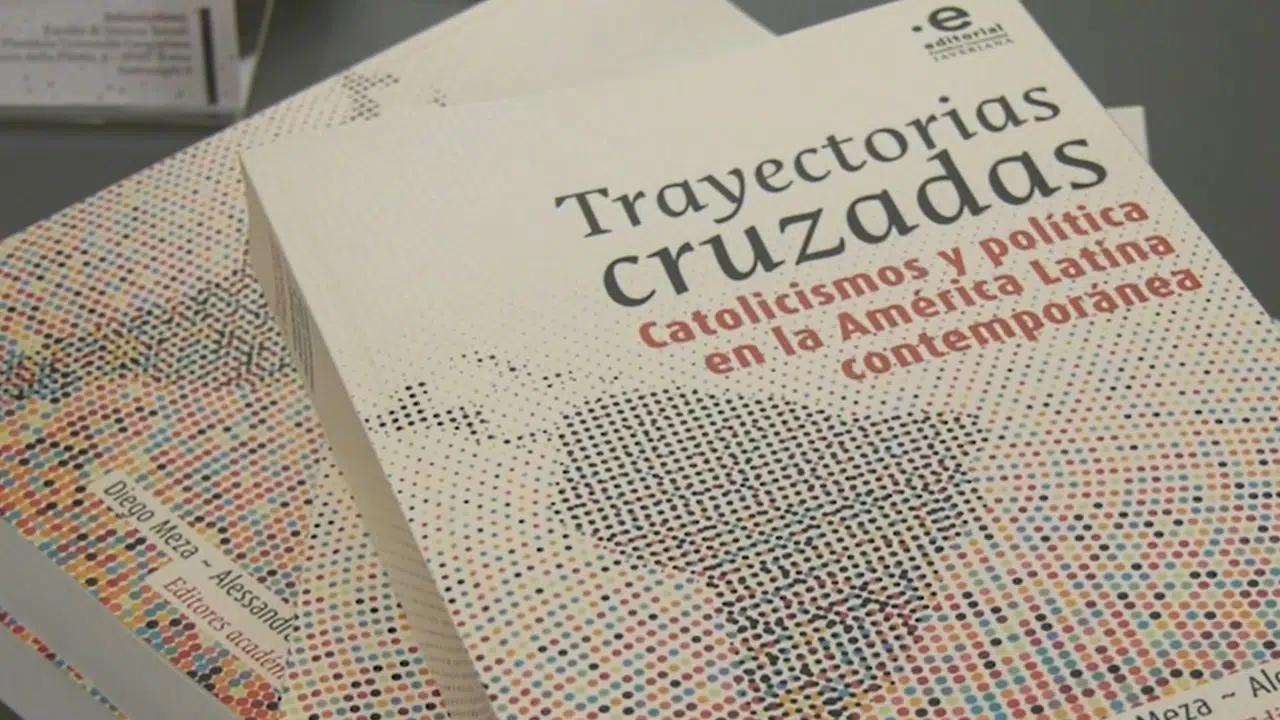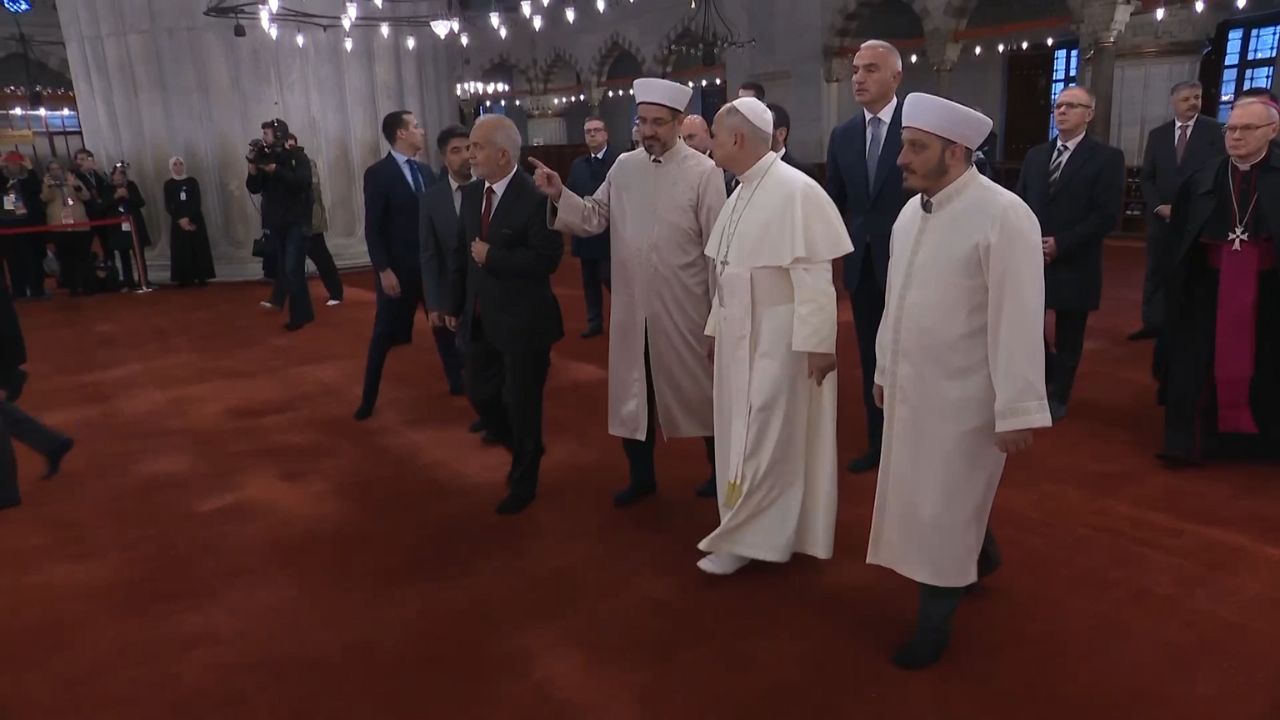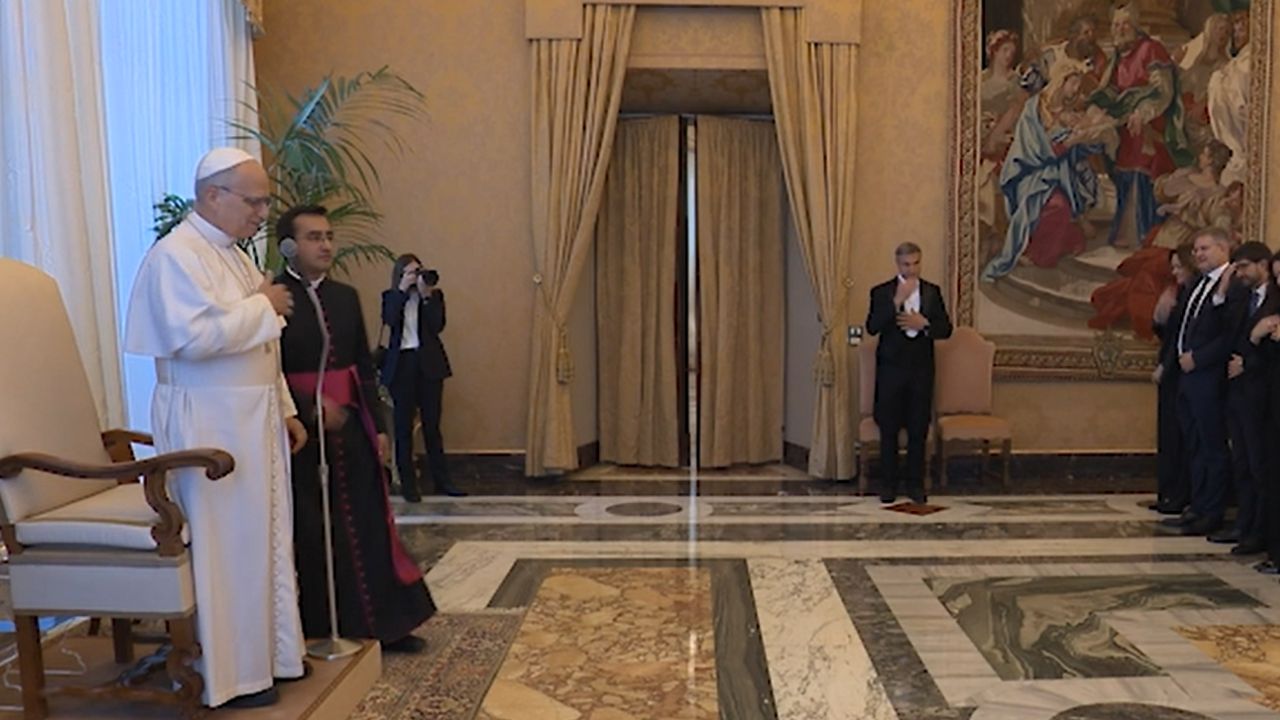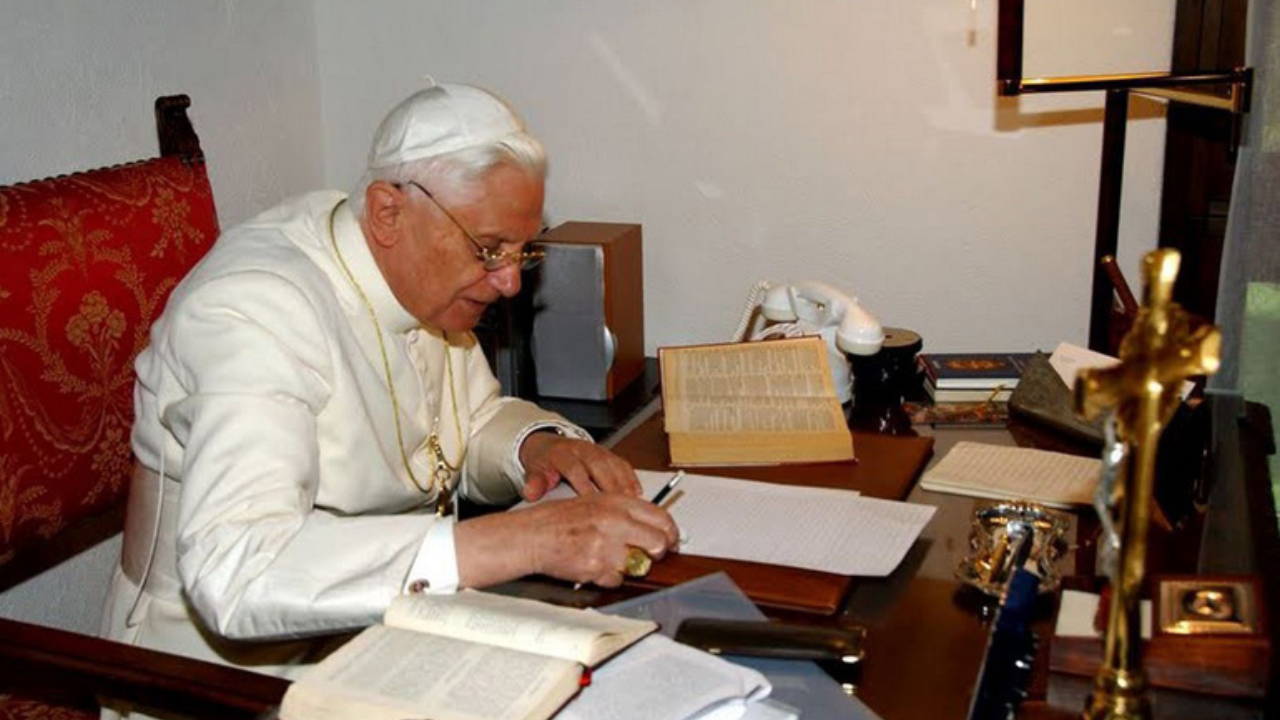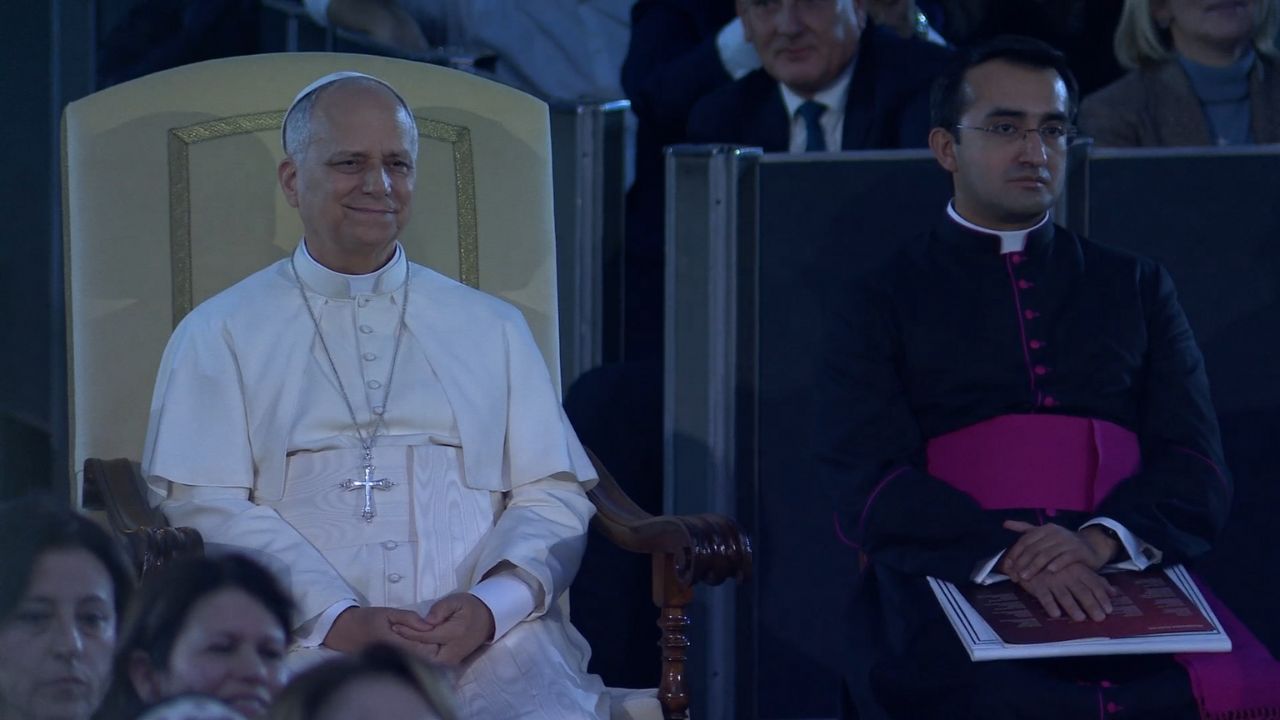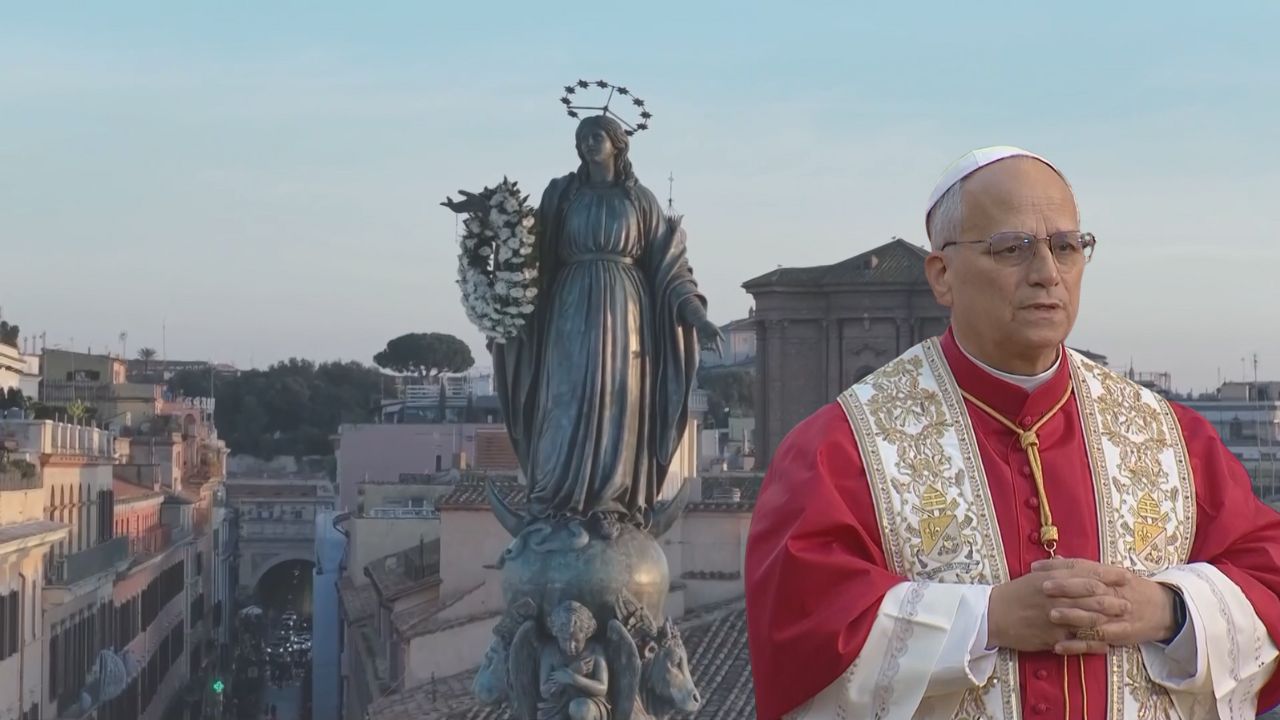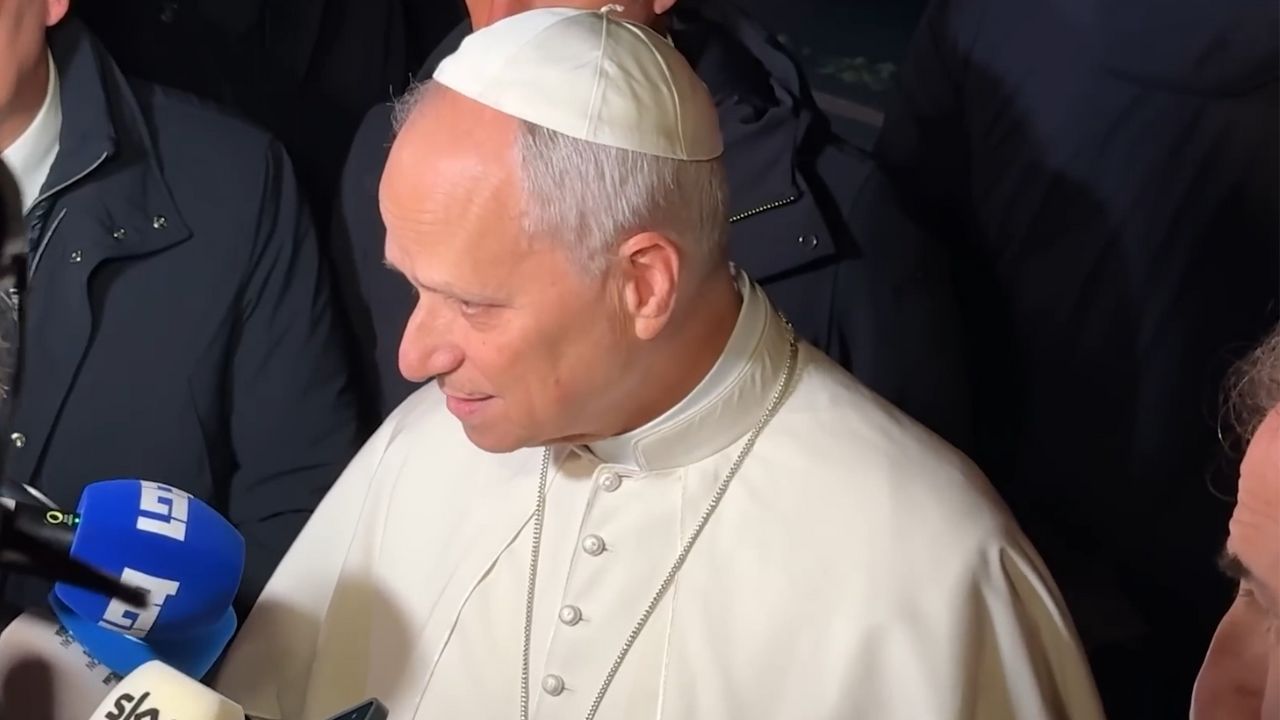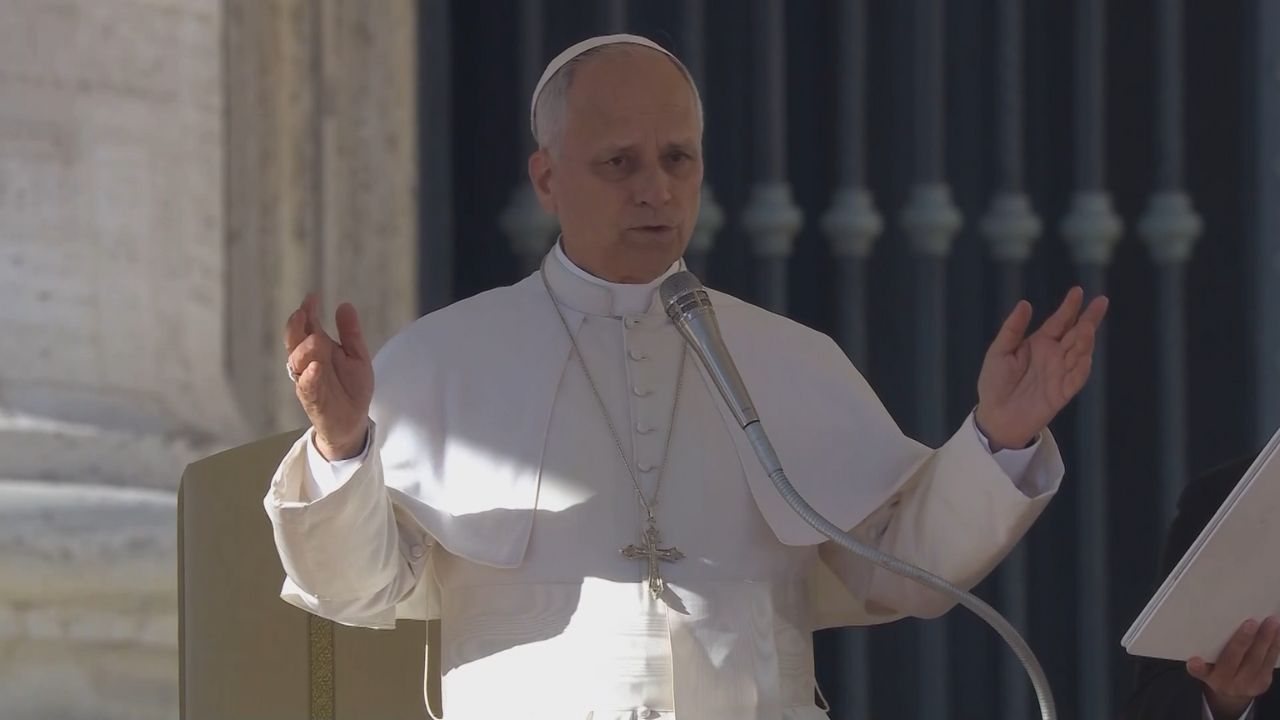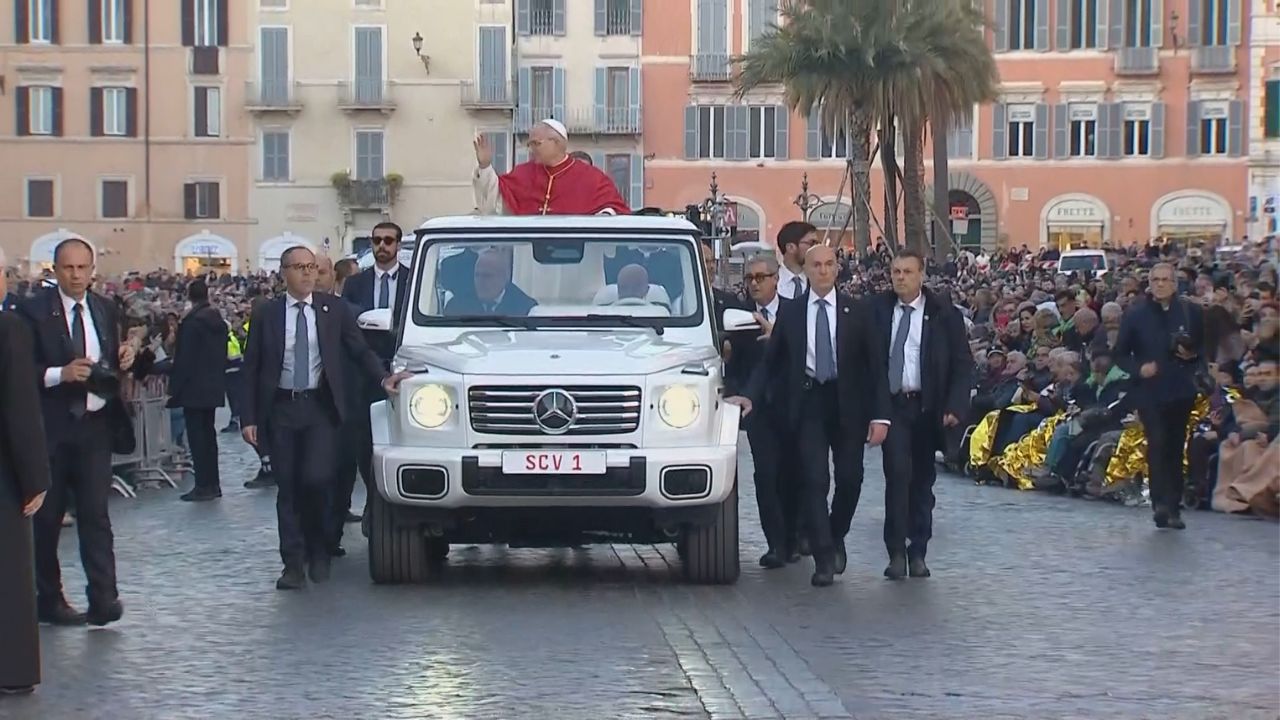It is the last dogma of faith proclaimed in the Catholic Church – the dogma of the Assumption of Mary, body and soul, into heaven. It is celebrated on August 15th.
It happened on November 1st, 1950, at the hands of Pope Pius XII, and this dogma carries with it an idea that can go unnoticed: the great respect for the human body.
VINCENZO BATTAGLIA
Expert in Dogmatics
The Assumption of the Virgin Mary, body and soul, has extraordinary anthropological significance because it speaks volumes about how, in God's creative plan, the human person, in all their integrity, body and soul, is the center of His love. In this way, it opens up a whole interesting reflection on the value and respect for human corporeality.
This dogma is one of the reasons that justifies the entire anthropological doctrine that the Church has always defended: the care for human dignity from conception to natural death. This is why Catholic morality cannot accept abortion or the practice of euthanasia.
VINCENZO BATTAGLIA
Expert in Dogmatics
Because our entire human person, as the experience of the Virgin Mary teaches us, is called to be filled with the holiness and glory of God. True. We will be resurrected on the last day. Mary, at the end of her earthly life, is resurrected and fully assumed to share in the glory of her risen Son, Jesus.
At the height of the Sexual Revolution, in 1968, Pope Paul VI published the encyclical Humanae Vitae. In it, he defended the traditional teachings of the Catholic Church on matters of sexuality, marriage, and family.
Pope Saint John Paul II followed suit. His famous catechesis on the human body sheds light on what was derived from the dogma of the Assumption of Mary.
The Church has always defended human corporeality. Proof of this is the fight against Gnostic heresies. These types of doctrines despised the body, giving absolute value only to the human spirit. These doctrines, which were widespread in early Christianity, were rejected by the Church Fathers.
AM
TR:GS
